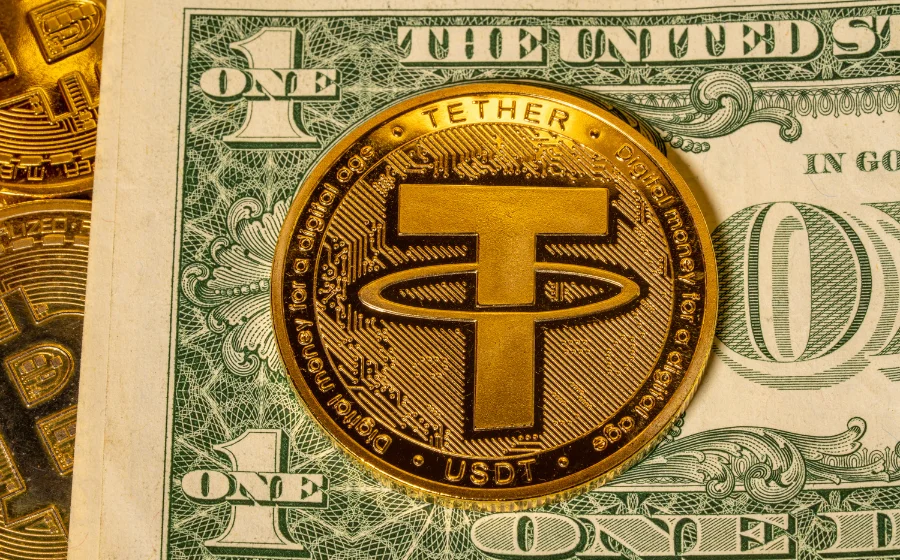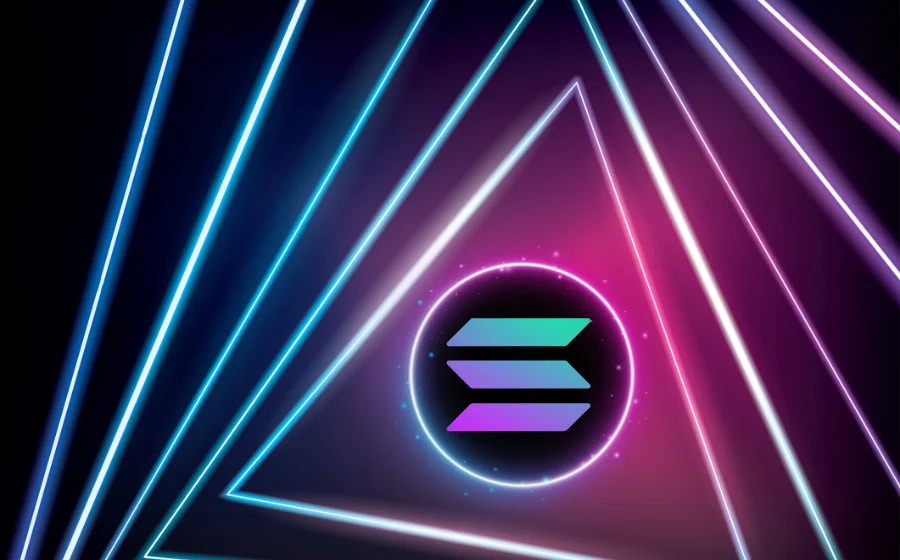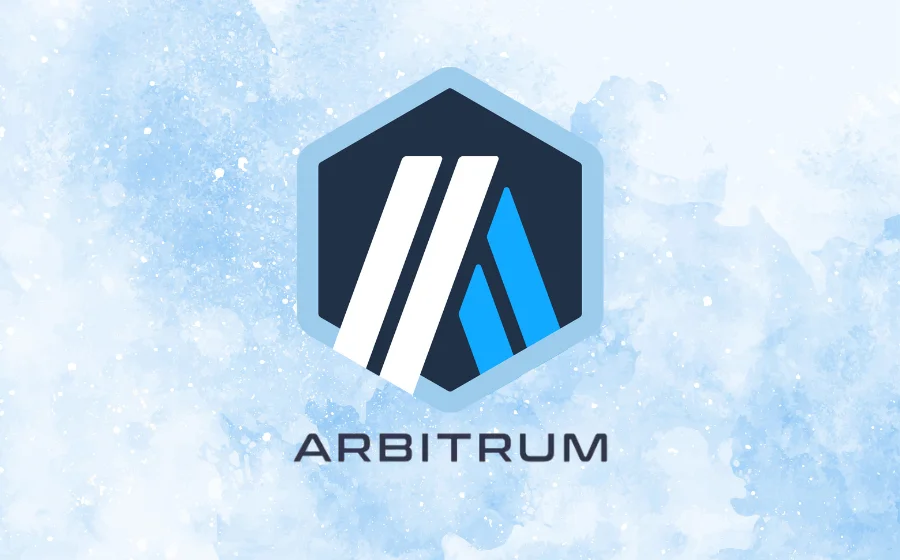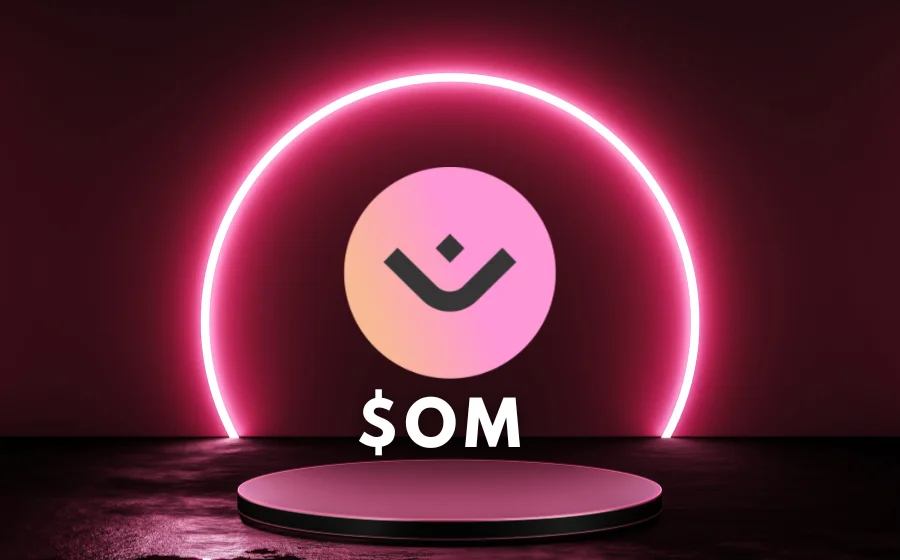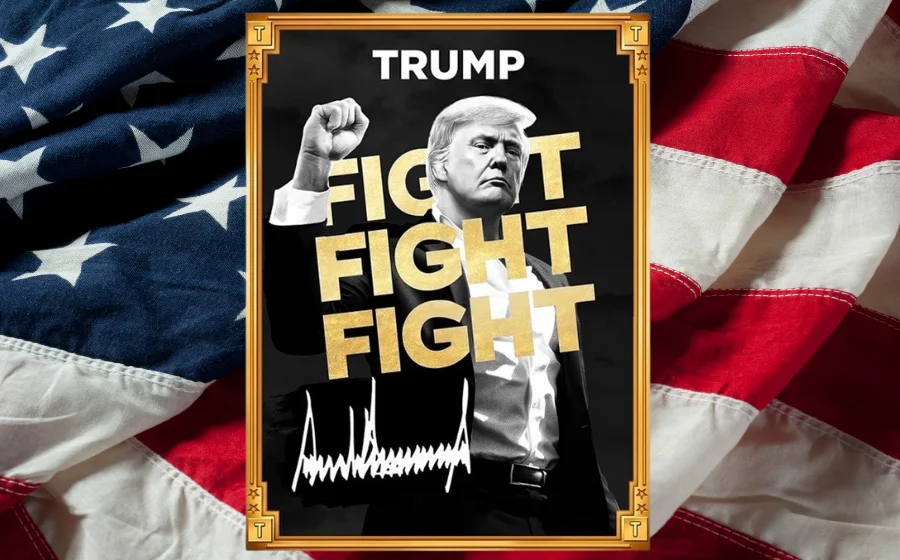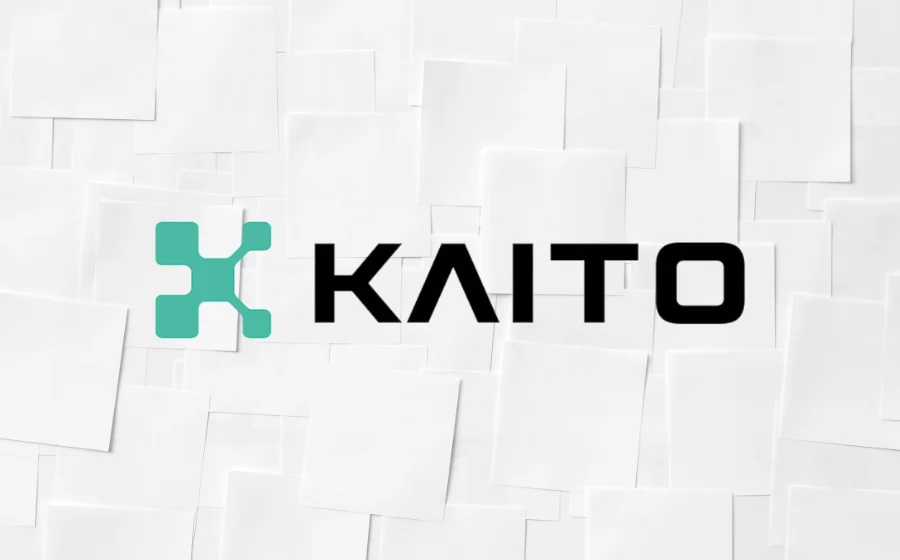
KEYTAKEAWAYS
- Bitcoin Cash (BCH) was created to make transactions faster and cheaper than Bitcoin (BTC), supporting peer-to-peer payments with near-instant settlements.
- BCH's ecosystem is growing with new features like CashTokens and smart contracts, aiming to attract more developers and users.
- While BCH shows initial success, its TVL is still behind major competitors like Ethereum, highlighting the need for continued ecosystem development.

CONTENT
Bitcoin Cash (BCH) is a Bitcoin fork aimed at faster transactions and lower fees. Learn about its differences, features, and future prospects in the evolving crypto landscape.
As its name suggests, Bitcoin Cash (BCH) is a derivative that forked from Bitcoin (BTC) in 2017.
Bitcoin is the pioneer of cryptocurrencies. With its rapid growth, more and more people began holding Bitcoin. However, Bitcoin can only process 3-7 transactions per second (compared to VISA’s 23,000 transactions per second), often leading to transaction congestion and rising fees. This contradicts Bitcoin’s original vision of near-instant, low-cost payments. Consequently, the Bitcoin community experienced a significant divide over whether to increase the block size limit.
When consensus or rules change on a blockchain, it can result in either a “hard fork” or a “soft fork.”
- Hard fork: occurs when the new blockchain is no longer compatible with the old one, resulting in two separate blockchains that cannot exchange information or communicate with each other.
- Soft fork: on the other hand, involves minor rule changes that still allow the blockchain to exchange and communicate information.
From the above, it can be understood that after a hard fork, the original blockchain splits into two, whereas a soft fork maintains the original blockchain. Therefore, after a hard fork, the coins on the forked blockchain are entirely unique, leading to the creation of a new cryptocurrency.
>>> More to read : What is Bitcoin?
HOW DOES BITCOIN CASH (BCH) WORK?
Since Bitcoin Cash (BCH) forked from the original Bitcoin (BTC) source code, the two share many similarities. Both Bitcoin Cash (BCH) and Bitcoin (BTC) utilize the “Proof of Work (PoW)” consensus mechanism, allowing anyone to participate and contribute.
Bitcoin Cash (BCH) also follows the same block generation mechanism as Bitcoin (BTC). The target block time for Bitcoin Cash (BCH) is currently 10 minutes, and the maximum supply is capped at 21 million coins. Every 210,000 blocks (approximately every four years), Bitcoin Cash (BCH) undergoes a halving event, where the block reward is reduced by half. The current block reward is 6.25 Bitcoin Cash (BCH) per block.
DIFFERENCES BETWEEN BITCOIN (BTC) AND BITCOIN CASH (BCH)
1. Block Size: Bitcoin Cash (BCH) has a larger block size compared to Bitcoin (BTC). BCH increased its block size from 1 MB to 8 MB and further to 32 MB in 2018. This allows BCH to handle more transactions per block, addressing congestion and enabling near-instant payments. In contrast, Bitcoin’s block size remains at approximately 1 MB.
2. Transaction Fees: Bitcoin Cash (BCH) boasts lower transaction fees and faster transaction speeds due to its larger block size. Bitcoin (BTC), with its smaller blocks, experiences slower transaction times and higher fees, making BCH a more cost-effective option for transactions.
3. Token Use: Bitcoin (BTC) is often viewed as a store of value, referred to as “digital gold,” due to its limited supply. In contrast, Bitcoin Cash (BCH) aims to function as a medium of exchange, offering practical use for everyday transactions with lower fees and faster processing times.
4. Market Value: While both cryptocurrencies have significant value, Bitcoin (BTC) has a higher market value. Bitcoin Cash (BCH), although newer and with a lower market cap, is quickly attracting users and offering an alternative for those seeking a lower-cost investment in Bitcoin-related assets.
KEY FEATURES OF BITCOIN CASH (BCH)
1. Efficient Medium of Exchange
Bitcoin Cash supports peer-to-peer payments in the digital realm. Sending Bitcoin Cash usually costs less than a penny per transaction, and settlements occur almost instantly regardless of the participants’ physical locations. This makes Bitcoin Cash useful not only for remittances and cross-border trade but also for everyday transactions like purchasing groceries.
Because of its low fees and quick transaction times, Bitcoin Cash is also effective for microtransactions, such as tipping content creators and rewarding app users.
2. Long-Term Store of Value
The total supply of Bitcoin Cash will never exceed 21 million coins, a limit encoded into the protocol defining Bitcoin Cash. As a decentralized network, Bitcoin Cash users ultimately decide how the protocol evolves. Since it’s not in the participants’ interest to dilute their holdings by altering the protocol, the 21 million coin limit will likely remain forever.
The rate at which new coins are added to the circulating supply decreases according to a predefined schedule also embedded in the code, with the issuance rate halving approximately every four years. This makes Bitcoin Cash a “deflationary” asset.
In April 2020, the third “halving” reduced the issuance rate from 12.5 BCH to 6.25 BCH per block. By then, 18,375,000 coins (87.5% of the total) had been distributed. By 2024, the fourth halving will reduce the issuance rate to 3.125 BCH, continuing until around 2136, when the final halving will reduce the block reward to just 0.00000168 BCH.
Bitcoin Cash’s “immutable” supply plan makes it unique among hard assets. In contrast, gold, while limited in supply, is still influenced by supply and demand dynamics. As gold prices rise, more miners are incentivized to extract gold, increasing its supply and putting downward pressure on prices.
3. Economic Freedom
Bitcoin Cash offers an alternative form of currency that supports economic freedom. Unlike national currencies, Bitcoin Cash integrates robust protections against monetary confiscation, censorship, and devaluation through unlimited inflation.
FUTURE PROSPECTS OF BITCOIN CASH (BCH)
Bitcoin Cash‘s primary use is in payments. The official view is that BCH has many advantages, including speed, reliability, low fees, simplicity, stability, and security. These features initially attracted users more effectively than Bitcoin (BTC). However, as the cryptocurrency space has evolved, many projects now offer similar benefits, such as ADA, DOT, and ATOM, indicating that BCH no longer has a unique advantage.
Recognizing this issue, the BCH team proposed a plan in 2023 to strengthen its ecosystem. On May 15, 2024, BCH successfully completed a hard fork upgrade, introducing the CashTokens feature for token issuance and support for smart contracts, allowing developers to create DApps on BCH. Additionally, the BCH Ecosystem Fund announced a $20 million investment in the CashTokens ecosystem.
Currently, BCH’s ecosystem has shown initial success, evidenced by a rise in Total Value Locked (TVL). Data shows that BCH’s TVL increased from $1 million in early 2023 to $9 million. However, this is still far behind Ethereum’s $54 billion TVL.
For Bitcoin Cash to achieve greater success, it needs to continue building its ecosystem, attracting more developers and users. As an older blockchain, BCH should actively embrace new opportunities, similar to Bitcoin. The recent inscription trend was a promising opportunity in this regard.
>>> More to read : Cardano (ADA): Solving Blockchain Challenges
FAQ
- What is Bitcoin Cash (BCH)?
Bitcoin Cash is a fork of Bitcoin, sharing almost the same architecture as the original Bitcoin blockchain. The main differences are the increased block size capacity and the adoption of an improved Difficulty Adjustment Algorithm (DAA).
- Why Was Bitcoin Cash (BCH) Created?
Bitcoin Cash was created to make Bitcoin transactions faster and transaction costs lower. Its supporters are committed to making transactions as convenient as cash.
▶ Buy Crypto at Bitget
ꚰ CoinRank x Bitget – Sign up & Trade to get $20!



